On June 6, 1969, the National Front for the Liberation of South Vietnam (FNL) together with other political and social organizations convened a Congress of representatives from the south. This congress gave rise to the creation of the Provisional Revolutionary Government of the Republic of South Vietnam (GRP), which would begin to play a decisive role in the formation of revolutionary power in that area of the country.
It must be said that since 1970, the struggle in Laos and Cambodia, also occupied by the United States, had likewise gained new strength. The patriots of those countries began to coordinate efforts with the FNL for the development of the revolutionary war.
In 1972, the Communist Party of Vietnam (CPV) ordered the preparation of a strategic offensive that would lead to major military victories, disrupt the imperialist strategy of “Vietnamization of the war” and force the United States to resort to negotiation.
However, given the military successes in Vietnam, Washington, already under the government of Richard Nixon, ordered to increase its troops by mobilizing a large air force in order to reinforce the aggression against the South and unleash what was called the second war of aggression against the North. At the same time, the President of the United States was forced to take a surprising turn given the approaching November 1972 elections, his reelection desires and the growing rejection of the Vietnam War in the United States public opinion. Obviously, he was trying to achieve military successes that would allow him to negotiate from positions of strength in Paris.
However, by not obtaining the objectives he had set for himself in the field of warfare and by the brilliant proposals of Vietnamese diplomacy that were gaining great support throughout the world and in particular in the public opinion of the United States, Nixon was forced to agree to the Vietnamese proposals in order to buy time for his troops while strengthening the puppet army. But once elected, Nixon openly rejected the agreements he had signed, unleashing genocidal bombing raids on major Vietnamese cities.
The infernal aerial attack of the U.S. on Hanoi and Haiphong was successfully responded by the Vietnamese armed forces. This forced Nixon to sign the Paris accords on cessation of the war and restoration of peace in January 27, 1973.
The Paris accords meant that the United States had to withdraw its troops and its proxies and to respect the independence of Vietnam. Likewise, the U.S. should cease its intervention in the internal affairs of the country and recognize the right to self-determination of the people and the status quo of South Vietnam. In this way, Vietnam achieved another great victory against a foreign power that, however, had not yet been fully consummated.
Despite the fact that the Paris Accords marked an important step in the process of liberating Vietnam, the US imperialism continued to support the puppet regime in Saigon (now led by Nguyen Van Thieu). They intended to maintain their colonial rule and the country divided. But Washington misdiagnosed the situation, thinking that the liberating momentum of the Vietnamese people had been paralyzed with the agreements. On the contrary, the prestige of the FNL and the GRP increased every day both internally and internationally.
To give you an idea of the magnitude of the US military intervention in Vietnam: The firepower of its soldiers was six times greater than what they had during World War II. The United States spent $400,000 for every Vietnamese killed, including 75 bombs and 150 artillery shells per corpse.
The Van Thieu regime had to begin to confront not only the power and revolutionary force of the liberated zones, but also a growing popular resistance in the areas under its control. On top of that, aid from Washington had been markedly reduced from previous years. In the same way, a deep economic crisis broke out from the second half of 1973 that worsened the following year characterized by high inflation, strong devaluation and loss of foreign currency.
Under these conditions, the GRP and the FNL responded with an increase in armed actions together with their decision to apply the Paris agreements without delay. Already in July 1973, the PCV evaluated that it was necessary to prepare the forces for an offensive that would allow it to conquer the decisive power. By mid-1974, the course of the war had ostensibly changed in terms of the growth of the revolutionary armed forces, the offensive actions that were being carried out, the consolidation of logistical supply routes from north to south, and the increase in actions in the cities.
All these antecedents, in addition to other propitious conditions, allowed the PCV in October 1974 to conclude that a correlation of forces favorable to the revolutionaries had been created. Therefore it made the historic decision to mobilize the party, the army and the people to carry out a general attack that would lead to the annihilation and destruction of the troops of the Van Thieu regime, overthrow the enemy power both regionally and nationally, seize power for the people and liberate the south. The PCV and its central military commission took on the task of planning and organizing future combat.
The offensive and the general uprising began on March 10, 1975 in the western plateau of the country. The first successes allowed to advance towards the coastal plain of the center. A decisive moment was the campaign in Hue-Da Nang, the second most important city in South Vietnam, where the most powerful military base of the pro-Yankie regime’s armed forces was annihilated. The offensive continued with attacks and uprisings to the north and northwest of Saigon. On March 25, 16 provinces had already been liberated, with which the FNL controlled three quarters of the territory and half of the population of South Vietnam. It was assessed that the collapse of the enemy army was complete and that the United States was impotent in the face of the strong Vietnamese offensive. The conditions had been created for the final battle: the battle for Saigon.
The battle for the liberation of Saigon was called the “Ho Chi Minh Campaign”. The president and founder of the Democratic Republic of Vietnam had passed away on the day the country commemorated the 24th. anniversary of its independence on September 2, 1969. It had been decided that the last city to be liberated would bear its name.
Colossal military groups were mobilized to reinforce those already in the combat zone. Meanwhile, the enemy was preparing to resist in its last remaining bastion at the same time that the United States unleashed all kinds of diplomatic maneuvers to avoid or delay the obvious end of events. On April 18, US President Gerald Ford ordered the urgent evacuation of all Americans from Vietnam. On April 21, in the midst of its attempts to salvage the situation, Washington ousted Van Thieu while seeking a negotiation leading to a bilateral ceasefire.
But it was already late. On April 26, the “Ho Chi Minh Campaign” began, an attack plan from five directions coordinated with the local armed forces and the insurrectionary people. On April 28 and 29, the revolutionary columns advanced impetuously, encircling the enemy forces at the Saigon perimeter.
The attack columns occupied the most important objectives of the city and at 11:30 on April 30, in the midst of the stampede of the government and the members of the United States embassy, the flag of the revolution was hoisted in the palace of government. On May 1, the entire South Vietnamese mainland was controlled. In the campaign, 400,000 enemy soldiers were annihilated, disintegrating an army of more than one million troops, as well as the security and police forces.
The end of the “Ho Chi Minh Campaign” and the total liberation of Vietnam that we commemorate today on its 48th anniversary was a brilliant military operation by the armed forces and the Vietnamese people under the leadership of the communist party. US imperialism had been defeated in what has been characterized as the greatest military and political disaster in its history. Likewise, the entire military, political and administrative apparatus of the regime created by Washington in Vietnam was destroyed. Five US administrations made a colossal effort to prevent the victory of the Vietnamese people and failed, culminating twenty years of glorious struggle against US aggression and for the reunification of the country.







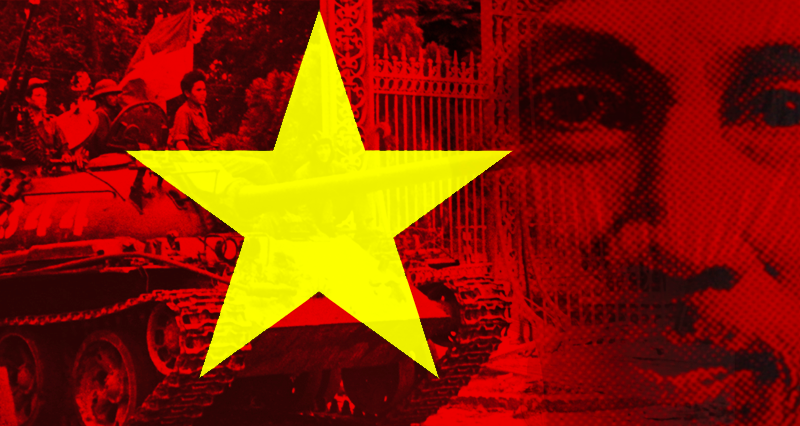

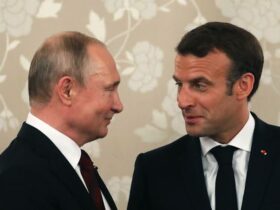
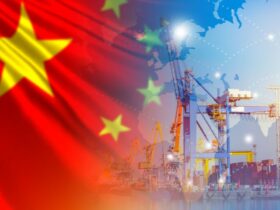

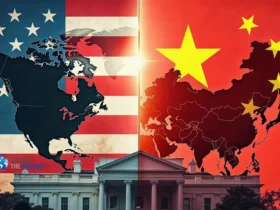
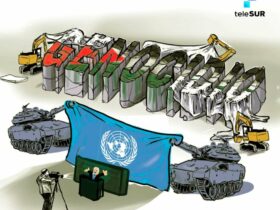
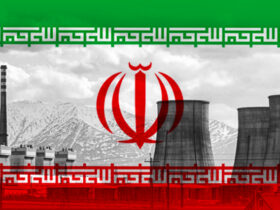
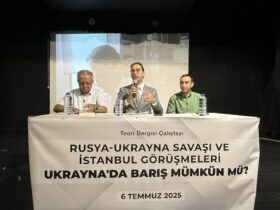

Leave a Reply